What do you think?
Rate this book
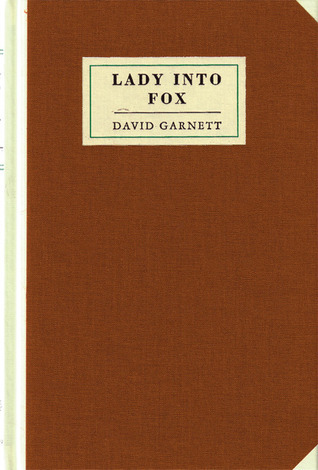

78 pages, Hardcover
First published January 1, 1922
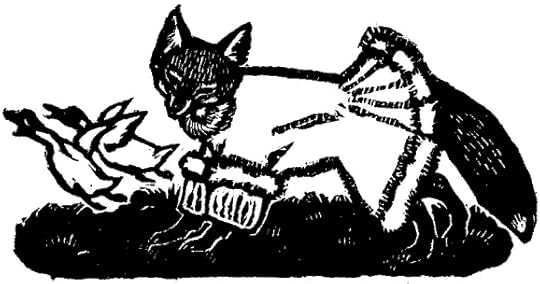
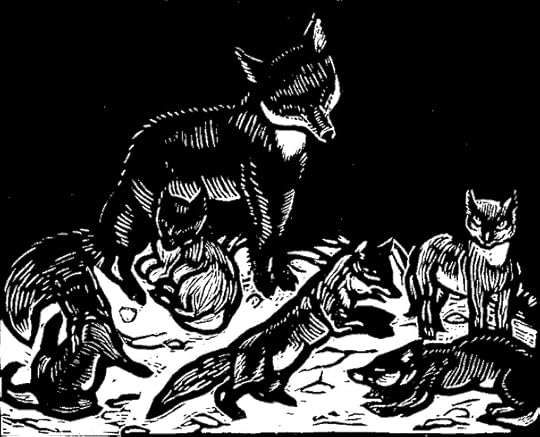
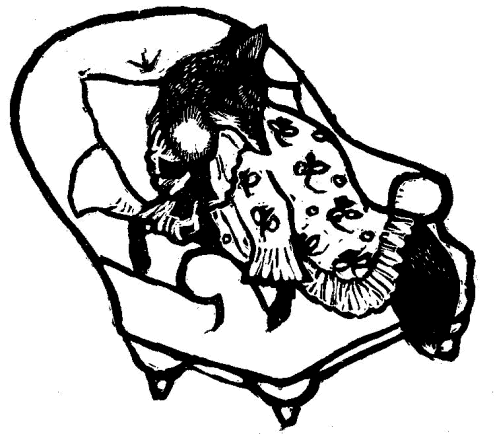
Wonderful or supernatural events are not so uncommon, rather they are irregular in their incidence. Thus there may be not one marvel to speak of in a century, and then often enough comes a plentiful crop of them; monsters of all sorts swarm suddenly upon the earth, comets blaze in the sky, eclipses frighten nature, meteors fall in rain, while mermaids and sirens beguile, and sea-serpents engulf every passing ship, and terrible cataclysms beset humanity.
Before they gained the edge of the copse she suddenly snatched her hand away from his very violently and cried out, so that he instantly turned his head.
Where his wife had been the moment before was a small fox, of a very bright red. It looked at him very beseechingly, advanced towards him a pace or two, and he saw at once that his wife was looking at him from the animal’s eyes.
She made no pretence now of enjoying the first snowdrops or the view from the terrace. No – there was only one thing for her now – the ducks, and she was off to them before he could stop her.
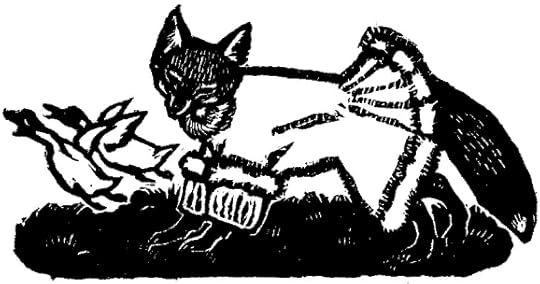

Once upon a time a very happily married man and woman (smooch) were walking together in the woods when she turned into a fox. “Silvia, my love,” he said, “what will we do now?” And the man gathered his wife in her fox form into his arms and took her back to their home, where he put a little jacket on her to hide her nakedness, and proceeded to encourage her to play cribbage with him and sip tea from cups. Time went by. The couple experienced the ups and downs of human and fox-like living, including the ever-present fox hunts going on in the region. As you might guess,